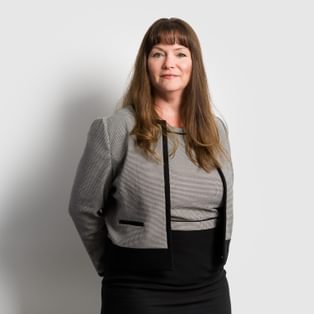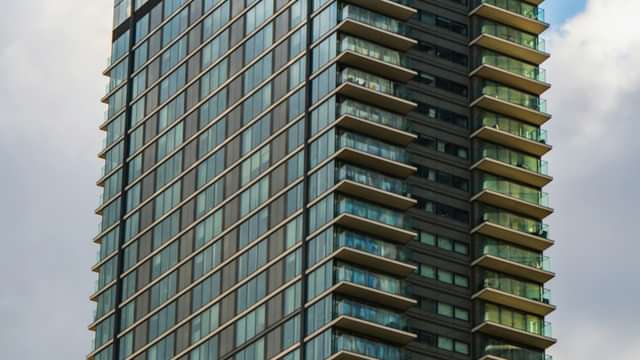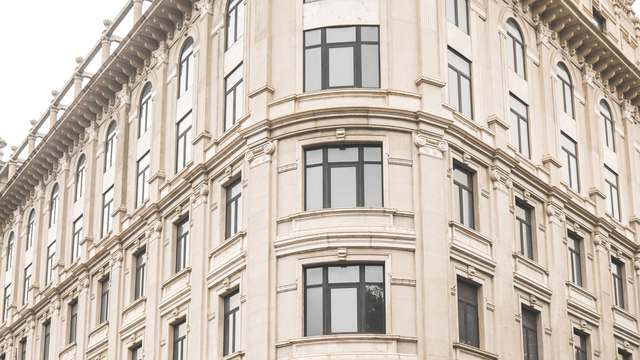The great and the good of the global political ecosystem descended on Glasgow late last year for COP 26. Its core aim was as simple as the solution is complex: to inhibit the worst effects of global warming by reaching net zero on greenhouse gas emissions.
The solution is complex because the way humans operate is not currently set up for achieving net zero. This clearly applies to private capital. As Mark Carney said, ‘Companies, banks, insurers, and investors all have to adjust their business models and develop credible plans for the transition to a net-zero economy and implement them’.
While change has to be global, there are good reasons why the real estate industry may need to change more than most.
According to the UN Environmental Programme, the sector contributes 30% of global annual greenhouse gas emissions and consumes around 40% of the world’s energy.
Aside from the obvious moral pressure for commercial real estate to change, the government is starting to apply some pressure of its own. The predominant way the government is currently exercising influence over the real estate industry is through minimum energy standard initiatives. These require minimum energy performance certificate asset ratings before premises can be let or continue being let.
Government pressure aside, commercial pressure is also growing. It is clear that ESG credentials are increasingly a priority for investors – particularly funds and large institutional investors. Many companies are taking Mark Carney’s advice and setting net zero targets.
So what can the commercial real estate industry do? One industry-wide option would be to move towards greener leases.
When we discuss this with our clients and their asset managers, they are often surprised at how easy this would be. A green lease is not a fundamentally different animal from the leases currently used across the commercial real estate industry.
The term ‘green lease’ simply describes any lease that incorporates some kind of provision aimed at improving a building’s sustainability. This is not limited to reducing emissions and energy consumption. It also takes in issues like water management, waste management, use of sustainable materials, and green transport. In this sense, most commercial leases are already green leases in reality, as most contain green provisions.
So when we suggest moving towards greener leases, we are really just suggesting including tougher green clauses than the ‘light green’ clauses typically suggested by landlords and accepted by tenants. That means moving from weak, purely aspirational provisions towards provisions with consequences attached to failure to meet measurable green targets or standards relating to how a property is used, or failure to carry out any green improvements necessary. These might include clauses that:
a. prohibit the tenant from exceeding an agreed level of energy consumption;
b. prohibit the tenant from carrying out works that detrimentally impact the building’s energy efficiency; or
c. entitle the landlord to enter the premises to carry out works recommended by an energy performance certificate, and a right to recover such costs from the tenant through the service charge or otherwise.
Dark green lease clauses like these will likely meet resistance where one party is seeking to put associated costs on the other because, understandably, tenants typically approach lease negotiations with a view to minimising their liabilities. There are real mutual benefits, however, that can flow from meeting these standards and targets, and from carrying out such improvements. So industry agreement on where these costs should lie or, on how they should be apportioned, is clearly overdue.
In the meantime, landlords may see greater success in passing these costs on to tenants if they include green provisions in tenant regulations, estate regulations, or in an environmental handbook or memorandum of understanding that sits outside the lease, as these typically attract less intensive scrutiny in negotiations with tenants.























































































